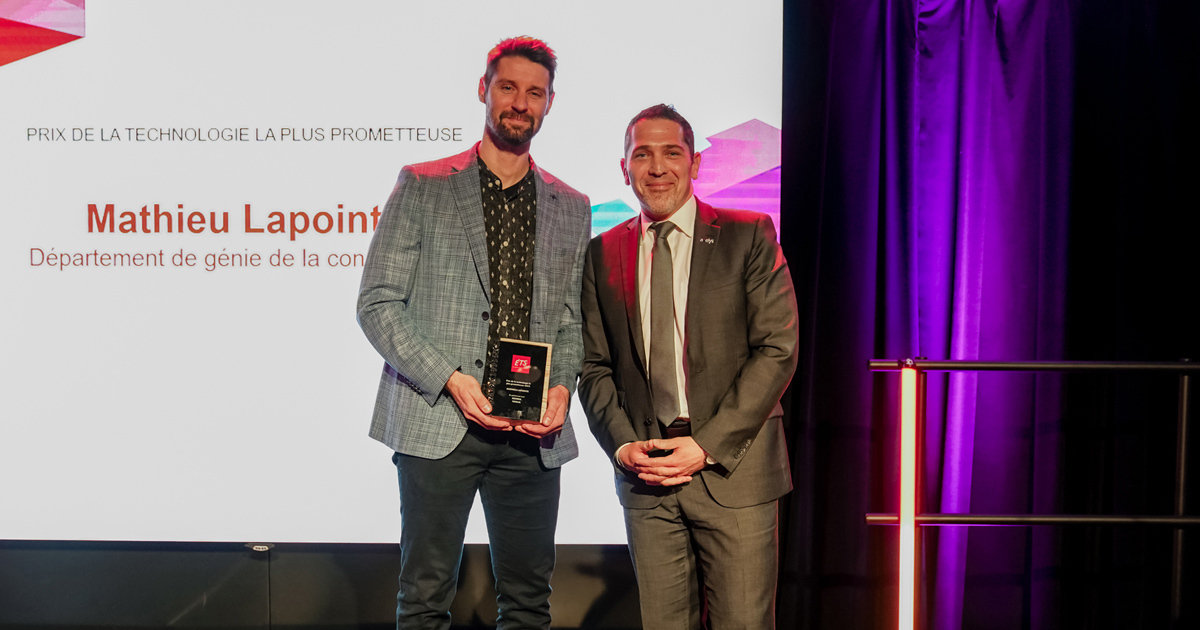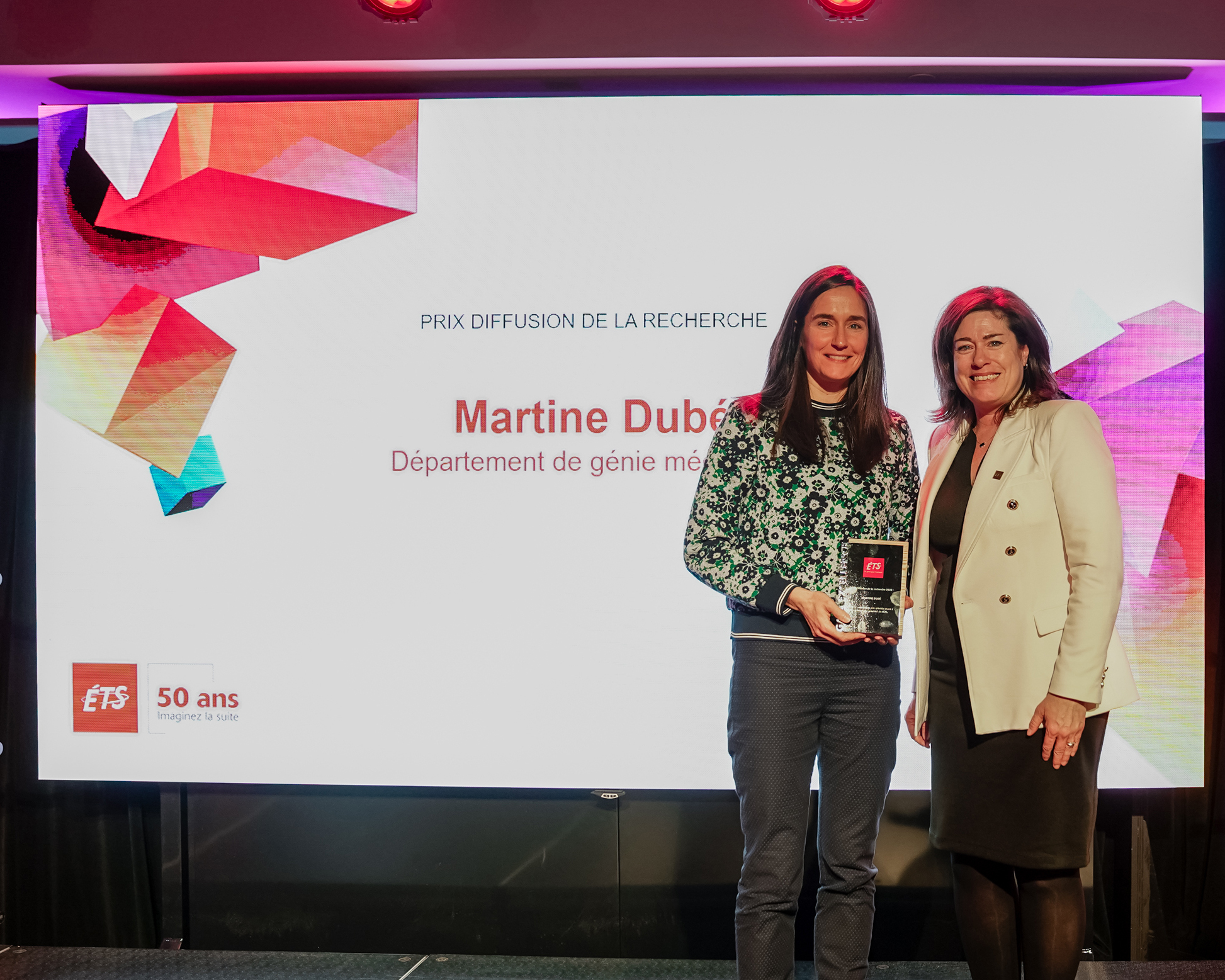Why to think like the reader

“The article is somewhat long and not quite easy to grasp. I should, therefore, not be astonished if you find it unsuited for publication.” (Albert Einstein)
Do ideas speak for themselves?
The above quotation (DiChristina 2015) is from the letter that Albert Einstein included with his submission to Scientific American entitled “On the Generalized Theory of Gravitation” which, despite his caveat, was ultimately published (Einstein 1950). Einstein was worried that his ideas would not be self-evident to the reader and that he, as the author, had inadequately chaperoned the reader through his exploration of novel concepts. Unlike Einstein, authors often hold their ideas to be self-evident.
Researchers in our field, in their dual role as scientist and engineer, pursue the discovery and dissemination of novel ideas. These novel ideas are of great value to other researchers and the community at large, enriching the body of scientific knowledge. But why do we think these ideas can “speak for themselves”? Scientific communication involves the transfer of complicated ideas and we must remain aware of our audience when trying to communicate these ideas, as Einstein was well aware.

Know your potential reader
As an author wishing to explain concepts clearly, you must know from the outset who you are writing for.
“Knowing for whom they write will create a clearer sense of audience for … students and enable them to present clearer and strongly individualized voices.” (Kaplan & Ramanathan 1996)
Brown (1994-95) proposes a set of eight questions / exercises to follow in order to insure you have addressed important points in the process of academic writing. The very first exercise asks “Who are the intended readers?” and asks that you list 3 to 5 of them by name. You will better be able to judge how to present your ideas by first thinking of specific people to whom you are explaining these ideas. You will also have an easier time assessing the level of detail to include by considering the range of knowledge these people might possess on the topic. Murray (2009 p. 128) notes that “[t]he beauty of this question is that it makes you focus…on a real audience. As soon as you do come up with two or three names, you will see that (a) your audience is more mixed than perhaps you thought it was and (b) what they are likely to find ‘of benefit’”. Additionally, to gauge a potential reader’s level of understanding of a topic, you should always read the relevant literature in conferences and journals to situate yourself (especially those to which you intend to submit your work).
Think like the reader
“Some authors write for their own ego, and, as a consequence, they often find it hard to get published. Real authors know that they must write to benefit other people” (Brown 1994-95)
Writing to benefit other people requires you to be aware of the reader. Thinking like the reader will help you get your message across and more easily explain the “benefit” of your ideas to the reader, i.e. what they have to gain by understanding your work. Brown (1994-95) states the following while discussing the transformation of an author’s style when he became focused on the reader: “[the author] freed himself to talk directly to his readers instead of straining his words through a sieve of academic pomposity. Enthusiasm and directness entered his writing and his text became a pleasure to read.”

Thinking like the reader will help you get published
If you take the time to consider the reader when writing your articles you will make the exposition of your ideas more clear. A clear exposition will make the reviewer’s job easier when you submit your paper to a conference or journal, and also make the reviewer’s job easier when deciding whether to accept your work. As mentioned in a previous article on the importance of clarity in writing for publishing scientific work (Lala and Langevin-Harnois 2016), “pet peeves” of editors describing unclear writing include “foggy writing”, the reader having to “read the mind” of the authors, and the lack of a clear story (Ragins, 2012). Most importantly, the relevance of your work (and the benefit to the reader) will be more evident. Thinking like the reader while you are writing makes the reader’s job easier and ultimately the reader is the one whom you want to let know about your scientific contribution.
In a subsequent article, we will discuss some tips on how to think like the reader and write more clearly.



